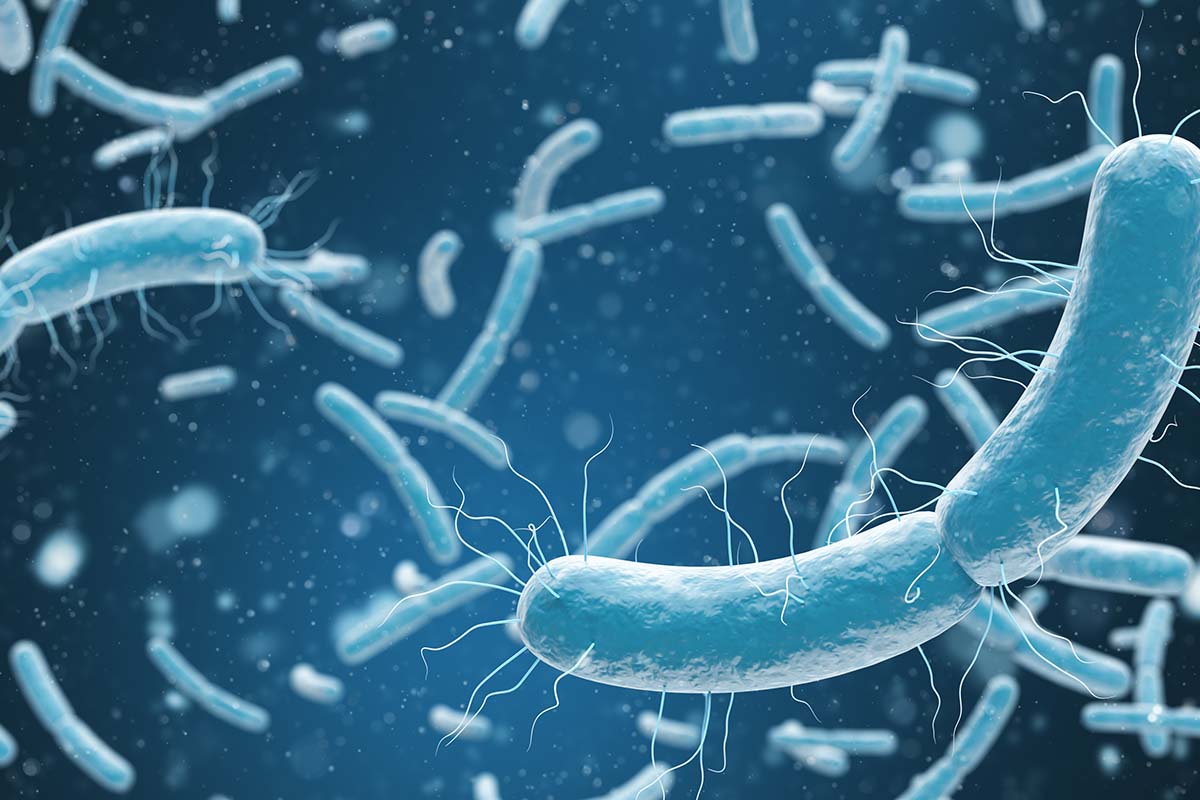How To Prevent a Legionella Disease Outbreak
Legionella disease can be caught from the Legionella bacteria, found in certain conditions in natural water systems, like ponds, streams, and rivers.
It can also occur in purpose-built water systems, like cooling towers, spa pools, evaporative condensers, and hot and cold water systems where the temperature is consistently high, encouraging the Legionella bacteria to grow and spread. However, a Legionella disease outbreak can be prevented.
What is Legionella, and where is it found?
The Legionella bacteria can be found in natural water sources like ponds, lakes, rivers, streams, and purpose-built water systems. There are certain conditions in which the bacteria will thrive, like:
- Temperature – when water is maintained between 20°C and 40°C, it is ideal for Legionella bacteria to grow. However, in temperatures below 20°C, the bacteria remain dormant. In contrast, water temperatures over 50°C or 60°C will kill the bacteria in about 2 hours or 2 minutes, respectively.
- Stagnation – stagnation can be found in natural water sources or pipework that is redundant or has not been used for a long time, which creates the perfect environment for Legionella bacteria to thrive. Although the water temperature may not be ideal, the presence of micro-organisms from the sludge, scale, rust, and other stagnant growth more than makes up for it.
- Nutrients – stagnation provides the nutrients for the bacteria to feed on. Legionella bacteria need food, and the nutrients supplied by Biofilms – the collective of micro-organisms – is ideal.
Preventing a Legionella disease outbreak
One of the best ways to prevent a Legionella disease outbreak is to carry out a Legionella risk assessment. Business owners, employers, property managers, and landlords are legally obliged to ensure that a Legionella risk assessment is regularly carried out (professional assessors must do this) by certain legislation:
- The Health & Safety at Work Act 1974;
- Management of Health & Safety at Work Regulations 1999;
- Control of Substances Hazardous to Health Regulations 1999 (COSHH;)
- Notification of Cooling Towers & Evaporative Condensers Regulations 1992;
- Reporting of Injuries, Diseases & Dangerous Occurrences Regulations 1995 (RIDDOR;)
- Safety Representatives & Safety Committee Regulations 1977;
- Health & Safety (Consultation with Employees) Regulations 1996.
A Legionella risk assessment will identify potential risk areas within buildings, premises, or workplaces. The assessor must be legally qualified and experienced in identifying and managing Legionella bacteria.
They will advise where action needs to be taken to prevent an outbreak. This will include any necessary protocols and procedures that need to be implemented to establish Legionella risk controls that are robust enough to prevent Legionella bacteria from becoming dominant.
What does a Legionella risk assessment involve?
By arranging for a Legionella risk assessment to be carried out, areas within a building’s water systems and its sources that are at risk of, or do contain, the harmful bacteria can be identified and dealt with.
It also provides a basis for establishing and implementing the necessary procedures and protocols to manage any future risk and prevent Legionella disease.
At Swiftclean, our Legionella risk assessment includes:
- An introduction and background information on the Legionella bacteria;
- The site details;
- A Legionella Management Documentation audit;
- A condition survey that reports on the domestic water plant;
- Temperature profiling;
- Photographic evidence;
- Asset register;
- Identification of risks including, but not limited to, outlets that aren’t used very often and dead leg pipework;
- Recommendations for controlling and managing Legionella in the future;
- A basic schematic of the plant and its water distribution.
It’s essential to ensure all the assessment reports are reviewed regularly and updated to prevent a Legionella disease outbreak.




















